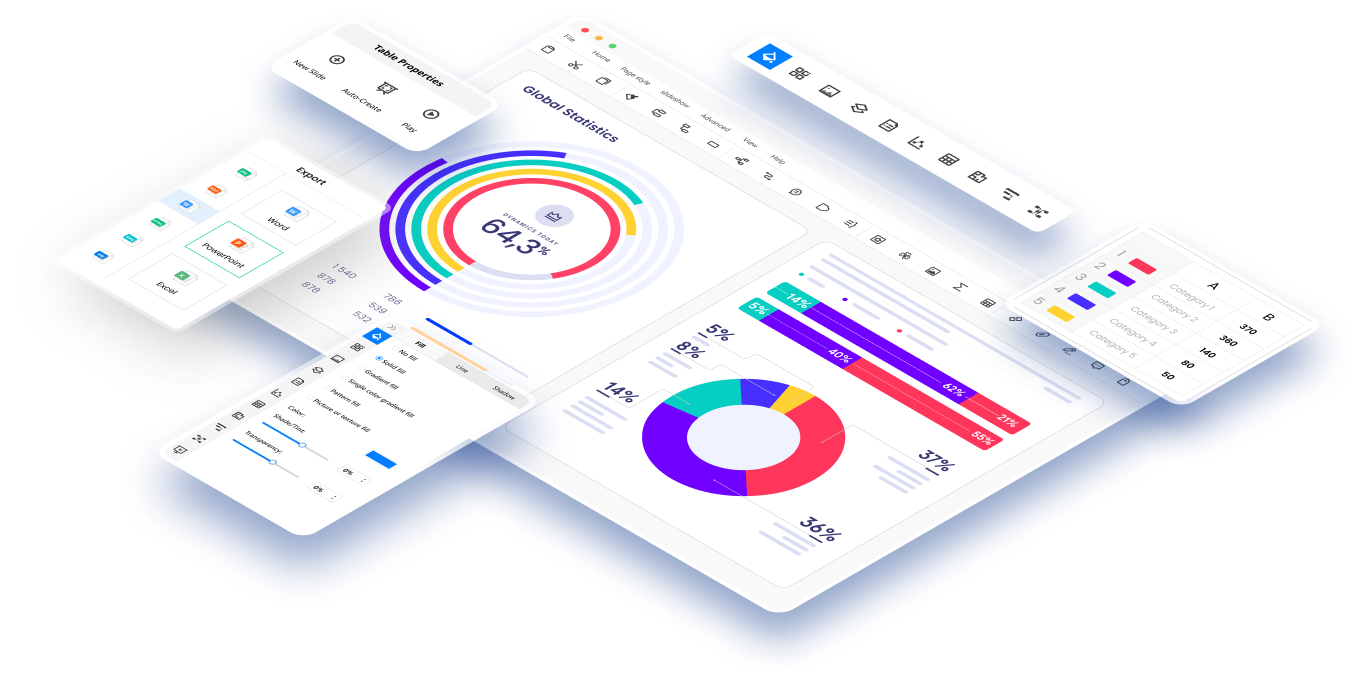Supply Chain Risk Management (SCRM) is a critical aspect of modern business operations that aims to identify, assess, and mitigate the potential risks inherent in supply chain networks. In today's constantly evolving business landscape, organizations recognize the importance of implementing effective SCRM strategies to enhance operational resilience and maintain competitive advantage.
In essence, Supply Chain Risk Management involves the systematic recognition, analysis, and proactive response to potential risks throughout the entire supply chain process. It entails assessing vulnerabilities and developing strategies to effectively mitigate disruptions that may occur at various stages, including supplier dependencies, transportation bottlenecks, natural disasters, geopolitical changes, cybersecurity threats, and market uncertainties
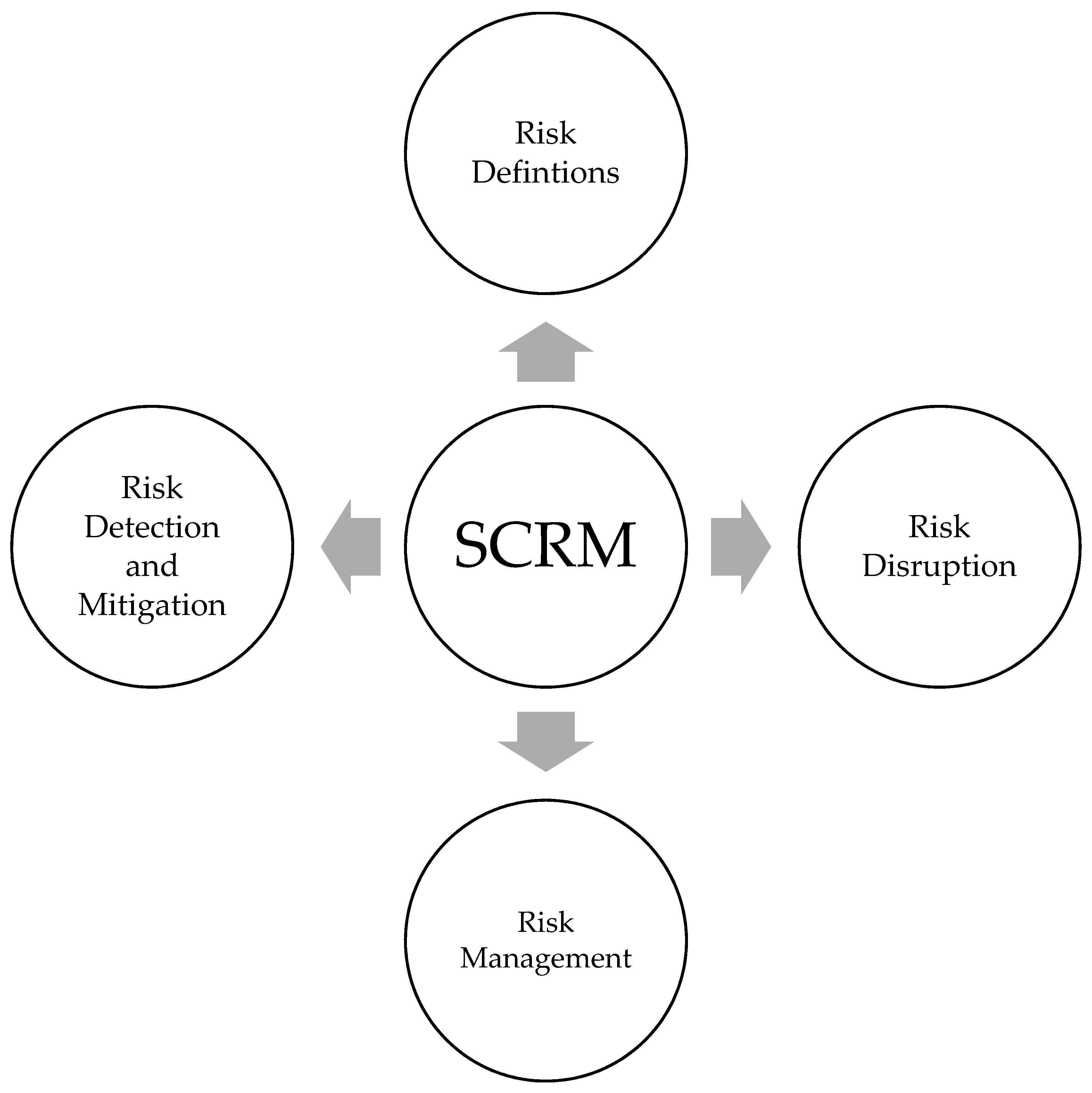
In this article
Part 1. Supply Chain Risk Management Strategies
SCRM plays a crucial role in ensuring the continuity and stability of supply chain operations. By proactively addressing potential risks, companies can minimize disruptions, maintain customer satisfaction, and sustain profitability. Effective supply chain risk assessment and management aids in enhancing supply chain visibility, identifying weak links, and streamlining operations, which ultimately contributes to increased efficiency, reduced costs, and improved overall performance.
There are some popular strategies that can be implemented for supply chain risk analysis and management. These strategies have been proven effective.
- Leveraging the PPRR Risk Management Model: The PPRR model, which stands for Prevention, Preparedness, Response, and Recovery, is a comprehensive framework used to manage risks in supply chain networks. By following these stages, organizations can assess potential risks, develop contingency plans, and respond effectively in times of crisis.
- Managing Environmental Risk in Your Supply Chain: Businesses must identify and address environmental risks, such as changes in weather patterns, natural disasters, or resource scarcity, that may affect the supply chain.
- Improving Cyber Supply Chain Risk Management: Implementing robust cybersecurity measures, conducting regular audits, and fostering a culture of cyber awareness across the organization are crucial steps in managing these risks.
- Looking for Ways to Improve Supply Chain Visibility: By leveraging advanced technologies, such as Internet of Things (IoT), blockchain, and real-time tracking systems, organizations gain valuable insights into their supply chain processes, enabling better risk assessment and decision-making.
- Tracking the Right Freight Carrier Metrics: Monitoring key performance indicators (KPIs) related to freight carriers, such as on-time delivery, cargo damage rates, and carrier capacity, helps mitigate transportation-related risks.
- Implementing a Logistics Contingency Plan: Developing a well-defined contingency plan ensures that companies are prepared for unforeseen disruptions.
Part 2. How Do You Mitigate Risks in Supply Chain?
Supply chain risk mitigation is important for organizations. Mitigating risks in supply chain requires a methodical approach.
- Risk assessment and prioritization: Conduct thorough risk assessments and prioritize potential vulnerabilities.
- Supplier collaboration and communication: Collaborate closely with suppliers to establish transparent communication channels and mutual contingency plans.
- Supplier diversification and backup options: Diversify suppliers and establish backup options to avoid over-reliance on a single source.
- Technology utilization for enhanced visibility: Leverage technology to enhance supply chain visibility and track key metrics in real-time.
- Performance monitoring and evaluation: Continuously monitor and evaluate the performance of carriers, suppliers, and other partners.
- Contingency plan maintenance and testing: Regularly update and test contingency plans to ensure their effectiveness.
In uncertain times, supply chain strategies need to be agile and responsive. Companies must focus on scenario planning, diversification, and building resilient networks. Emphasizing strong relationships, embracing technology, and adopting flexible strategies can enable organizations to adapt swiftly to changing market conditions and navigate uncertainties more effectively.
Part 3. Make Best Supply Chain Risk Chart with EdrawMax
Wondershare EdrawMax is user-friendly diagramming software specifically designed to make it simple to create charts, diagrams, and graphics. With the tool, you can create a professional supply chain risk chart in no time.
Step 1: Turn on your device and launch Wondershare EdrawMax. Use your current login information or create an account if you don't already have one.

Step 2: Select the "+" icon adjacent to the "New" option after logging in. This will start a new document.

Step 3: In the template library, search for "Supply Chain Risk Chart" or navigate to the appropriate category. Choose a suitable template from the available options and click on it to open.
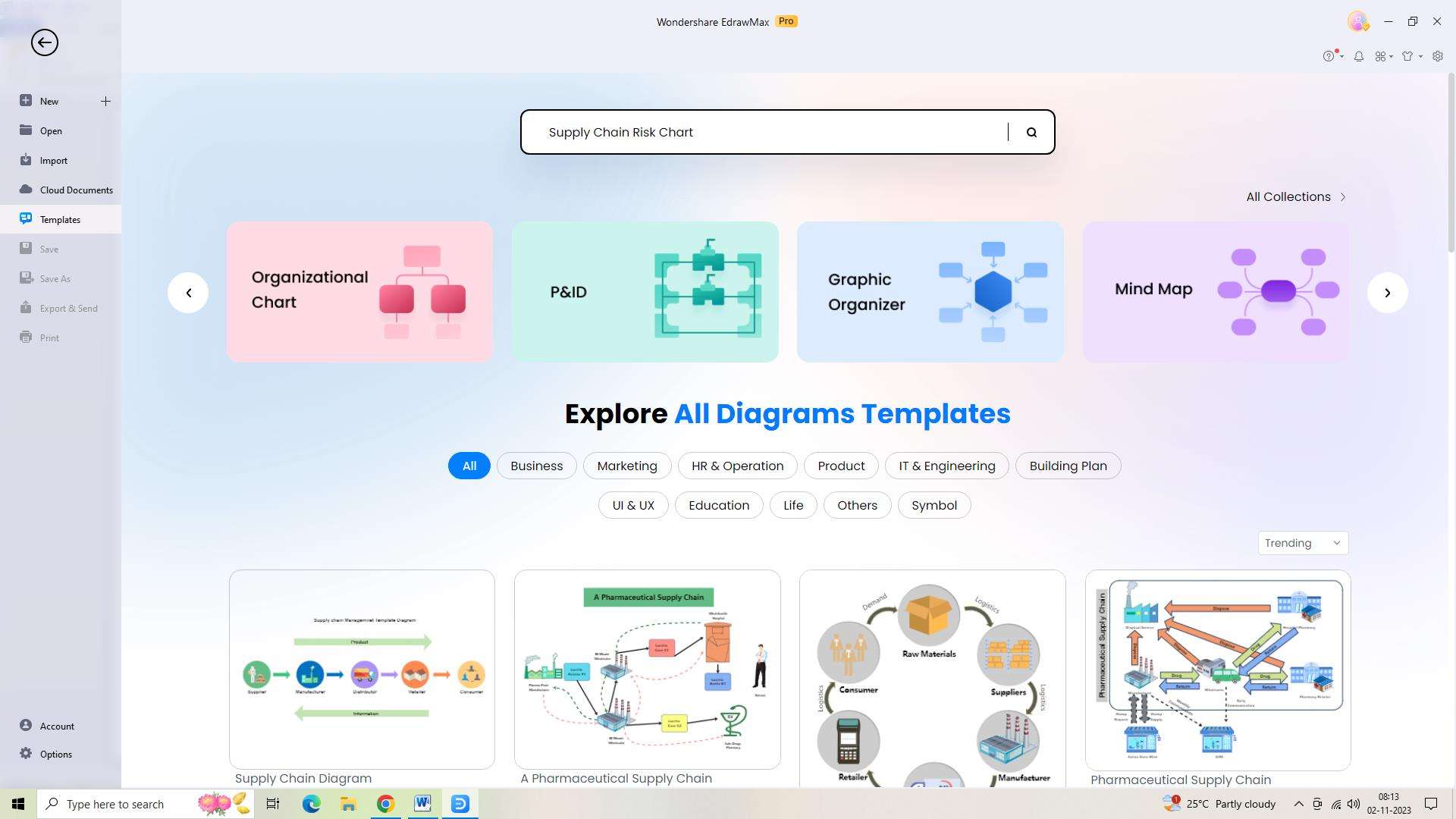
Step 4: Modify the template to meet your own requirements. To depict the risk variables in your supply chain, change the layout, colors, and shapes.
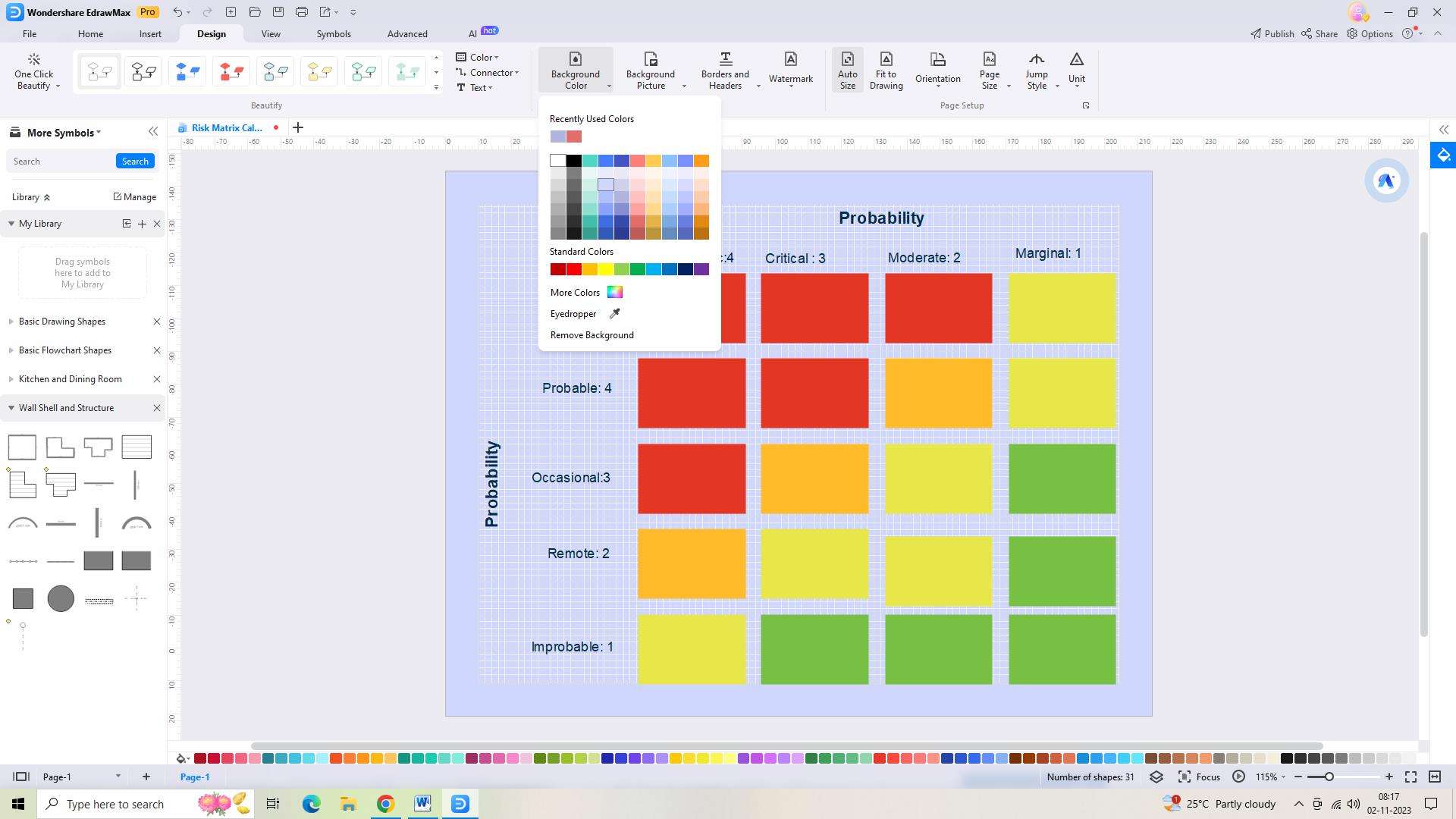
Step 5: Enter the necessary data in the chart now. You may add text labels or descriptions by double-clicking on any shape or element.
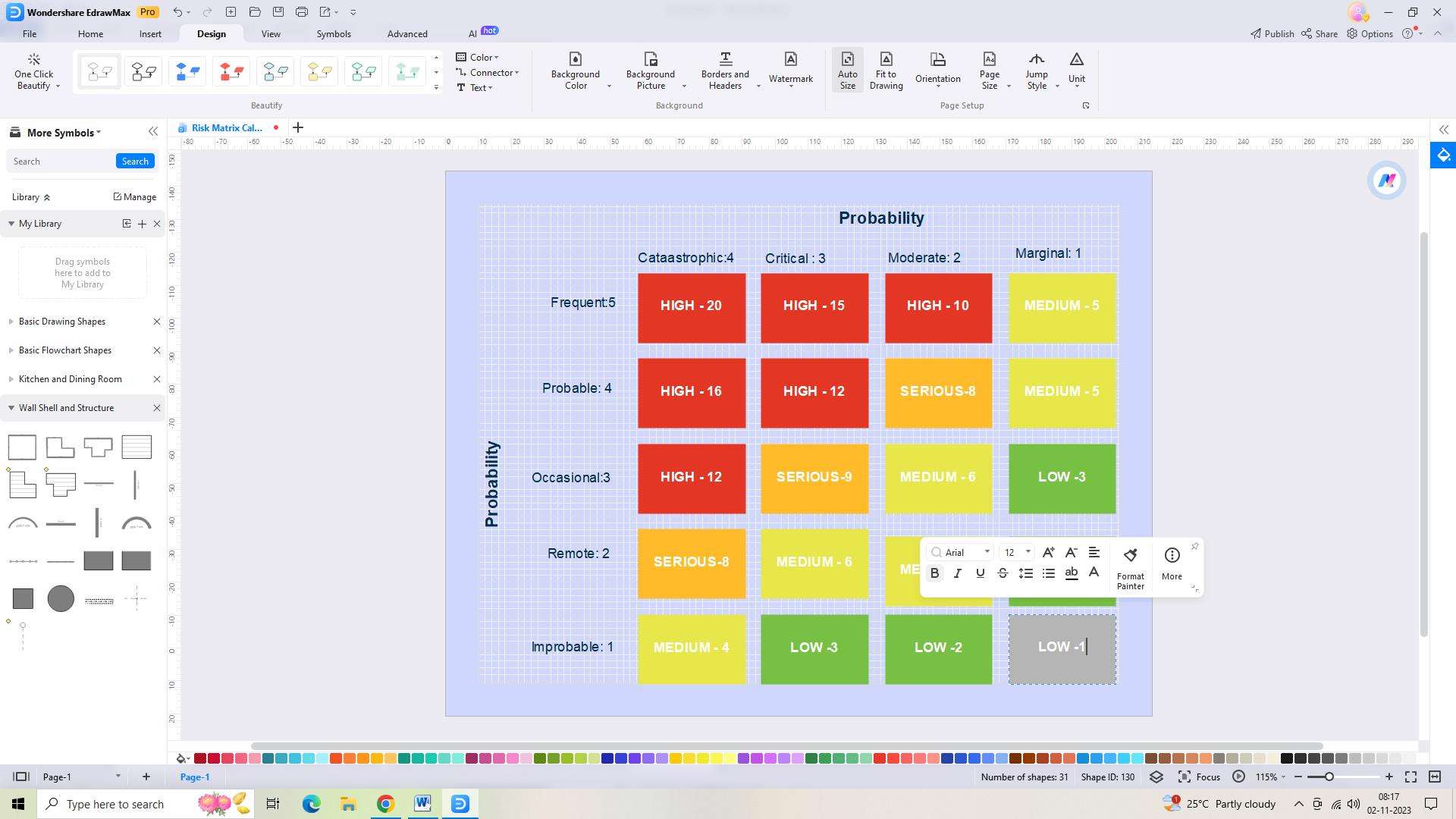
Step 6: To save your supply chain risk chart, select File > Save. Select where you want to save the file; on your computer or in cloud storage.
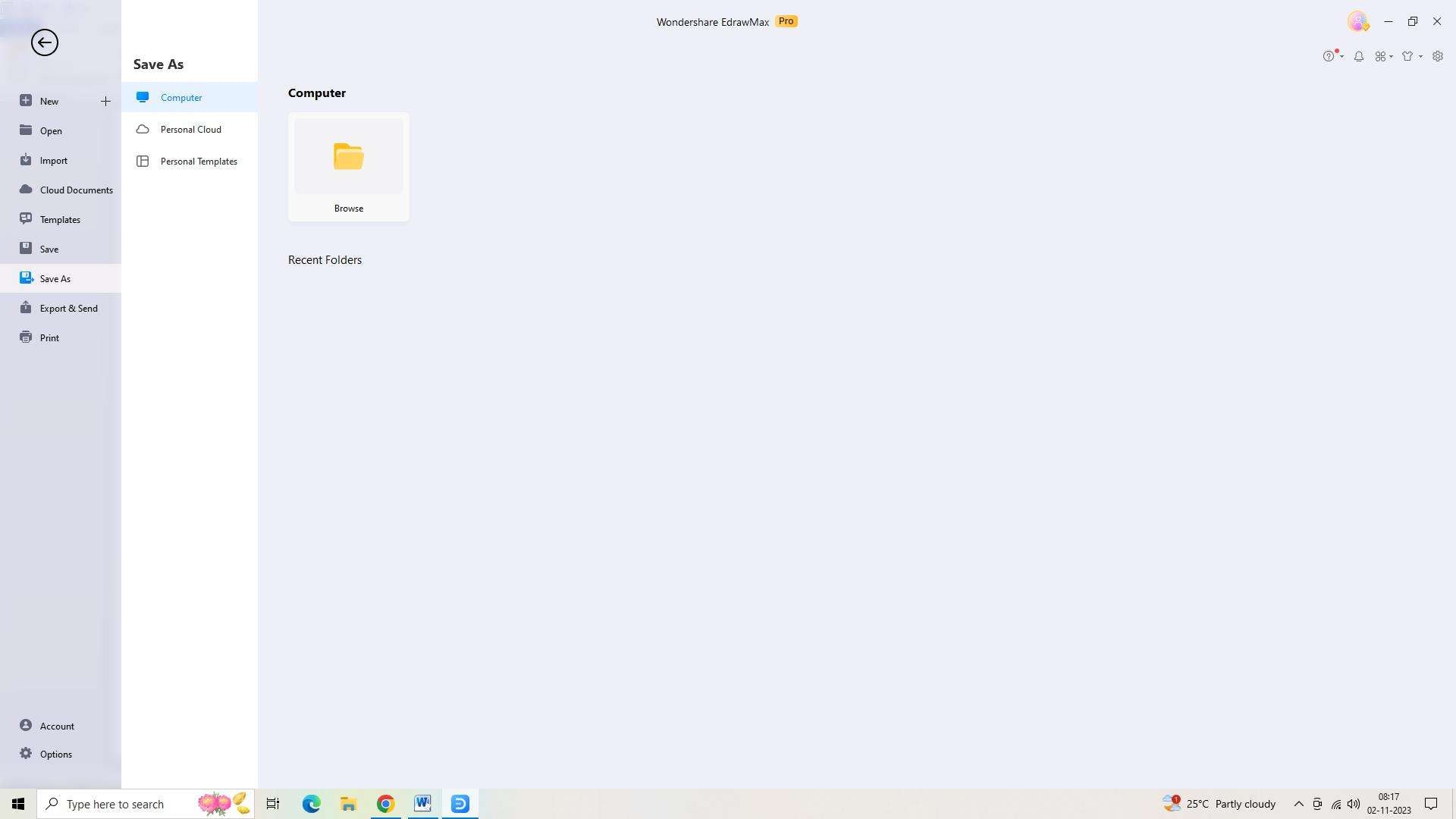
Step 7: Select File > Export to export the chart in a particular format. Choose the preferred file type, such as JPG, PNG, or PDF.
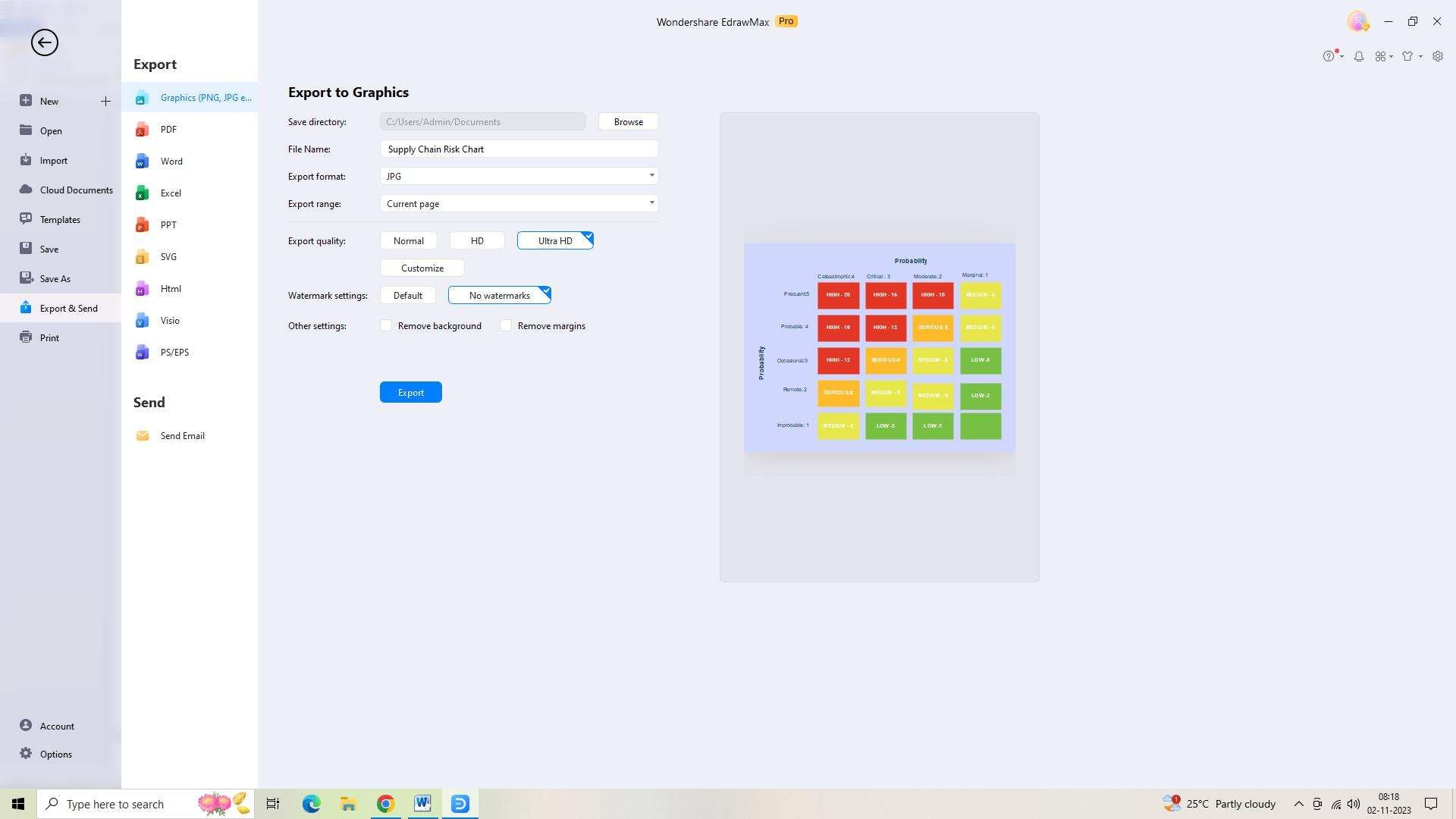
Conclusion
Supply Chain Risk Management is an indispensable aspect of modern business practices. By embracing proactive strategies to identify, assess, and mitigate risks, organizations can enhance operational resilience, maintain customer satisfaction, and safeguard their competitive edge.

